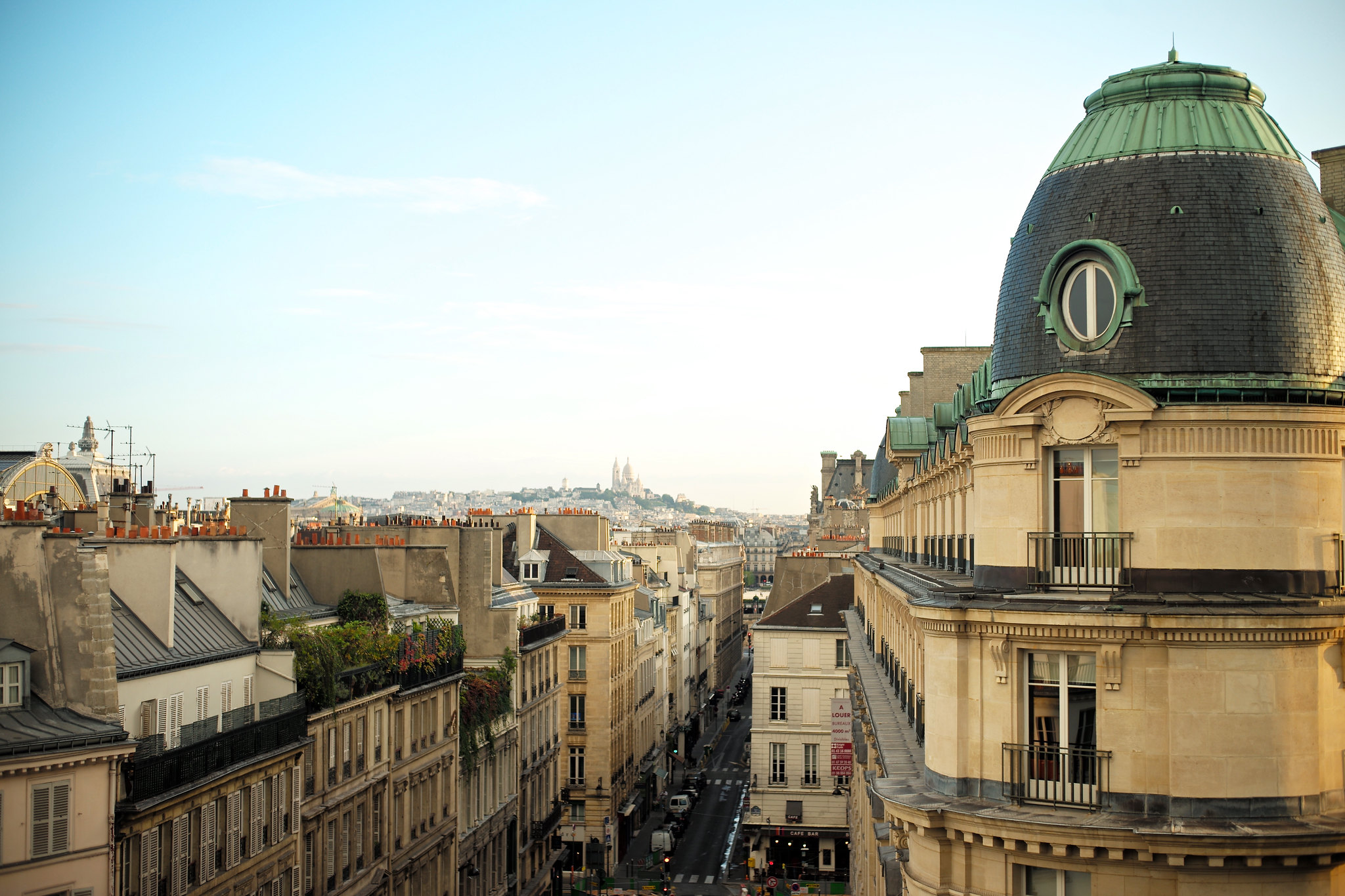5 Real-life Lessons About Where To Go In Paris
Every Paris travel guide appears to have something to contribute to the already voluminous info readily available on such widely known spots as the Louvre and Orsay museums, Notre Dame Cathedral, and the Eiffel Tower.
Yet what about finding the quaint areas of the 19th century Paris? Or taking images of the inn developed for the paupers by Nicholas Flamel in the 15th century (yes, that's the exact same Nicholas Flamel discussed in Harry Potter)?
In my reckoning, there's a really fascinating way of discovering Paris, and that's to take the less took a trip path. The one I take with my friends when we visit the French capital.
Let's presume you are as eager as we are to find out something brand-new about Paris, and let's take a peek at simply two of its less-well-known jewels. The next time you take the journey to Paris, you'll be the one blazing a trail!
The Lutece Arena, a return into time

Prior to Paris became Paris, the city was the capital of the area occupied by the Parisii, the Gallic people after which Paris will take its name in the 4th century A.D. There is some controversy about the initial Celtic name of the city, however when the Romans attacked it in 52 B.C. under Emperor Julius Caesar, they called it Lutecia (or Lutetia).
In the 2nd century A.D., the Romans built in its middle an amphitheater of about 25,000 square feet, which might hold about 16,000 spectators. Throughout the next century, gladiator battles and other less tasty games (e.g. using early Christians for lunch to monsters of prey) were held for the benefit of the regional Roman population.

With the fall of the Roman Empire, such video games ended up being much less popular, and as Christianity ended up being the State religion, man-eating events stopped to be held entirely.
The arena was demolished throughout the barbarian invasions of 280 A.D., and the site later on ended up being a cemetery. In the late 12th century, the ruins were buried under a large rampart developed to protect Paris. They stayed forgotten until 1869 when they were unearthed to the best surprise of all historians.
At the time, what to see in paris the City Council decided Paris did not have the funds essential to excavate and protect the antique discovery, and the advancement task which had actually dug out the ruins was green-lighted.
Later, in 1883, the site was bought and rehabilitated under the assistance of French author Victor Hugo (author of 'Les Miserables'). A further rehabilitation task started in 1916 which uncovered the site entirely. Vicious attempts at taking over the website and ruining it by unashamed, greedy, low-life real-estate developers were thwarted by the regional occupants in 1980.
How do you get to see this gorgeous location which, to this day, still stays 'stealthy'?
Orient yourself on a map, take the subway to the 'Monge' station, and stroll to No. 47 Rue Monge. Go into the hallway, stroll along the passage and there you are! On the sandy ground of the arena where ghosts of ferocious lions still wander in search for a human victim!
An ensured, incredible leap in the past, just except 2,000 years ago!
The Botanical Gardens and their Alpine Garden
Now on to another fantastic interest which makes certain to tickle the interest of our plant-loving friends.
In 1640 A.D., under the reign of King Louis the 14th (the same king who commanded the advancement of the Versailles Palace), the Royal Garden of Medicinal Herbs opened its doors 'to the general public and trainees'. The job had been green-lighted in 1626 by King Louis the 13th.
The Jardin des Plantes (Botanical Gardens), as it has been called considering that the Reign of terror, is actually a collection of individual gardens-- each with agreekadventure.com/europe/france a strange beauty and specific plants. It houses numerous old structures, including the Botanical School and the Magny Mansion (integrated in 1650). The Botanical Gardens are a huge website with a total area of about 2,600,000 square feet.
Each of the individual gardens is distinct and deserves your attention for each one is the home of particular species of flowers, veggies, trees, and medicinal plants. On the Botanical School's plot alone some 4,500 plants are grown. The Rose Garden (La Roseraie) counts some 170 types of roses!
Among these charms, the Alpine Garden stands apart. Between the agreekadventure.com/paris-itinerary-5-days-blow-your-mind Otter Basin and the Cuvier street (Cuvier was a famous French botanist), a 40,000 square foot parcel was marked in 1931 for the growing of a diversity of mountain plant species.
Today, the garden enthusiasts of the Alpine Garden have the tendency to the health of plants coming from locations as diverse as the United States, China, Japan, the Balkans, Morocco, the Caucasian mountains, Spain, and the Himalaya Mountains! A total of some 2,000 types to take care of.
Among the hallmarks of the Alpine Garden is its 18th century Pistachio tree. The Botanical Gardens home several historic trees: the earliest one was straight imported from the Eastern United States and planted here in 1636 (an acacia). Among other ancient trees, you can likewise appreciate a Lebanese cedar, which was brought back to France in 1734.
A check out to the Botanical Gardens and its Alpine Gardens is a whole afternoon affair. Ten minutes into the location and its quietness will make you oblivious of http://edition.cnn.com/search/?text=travel europe the hustle-bustle of the city. You will come out of your walk absolutely ravished, admiring the job the garden enthusiasts do to keep this privileged environment in full flower.